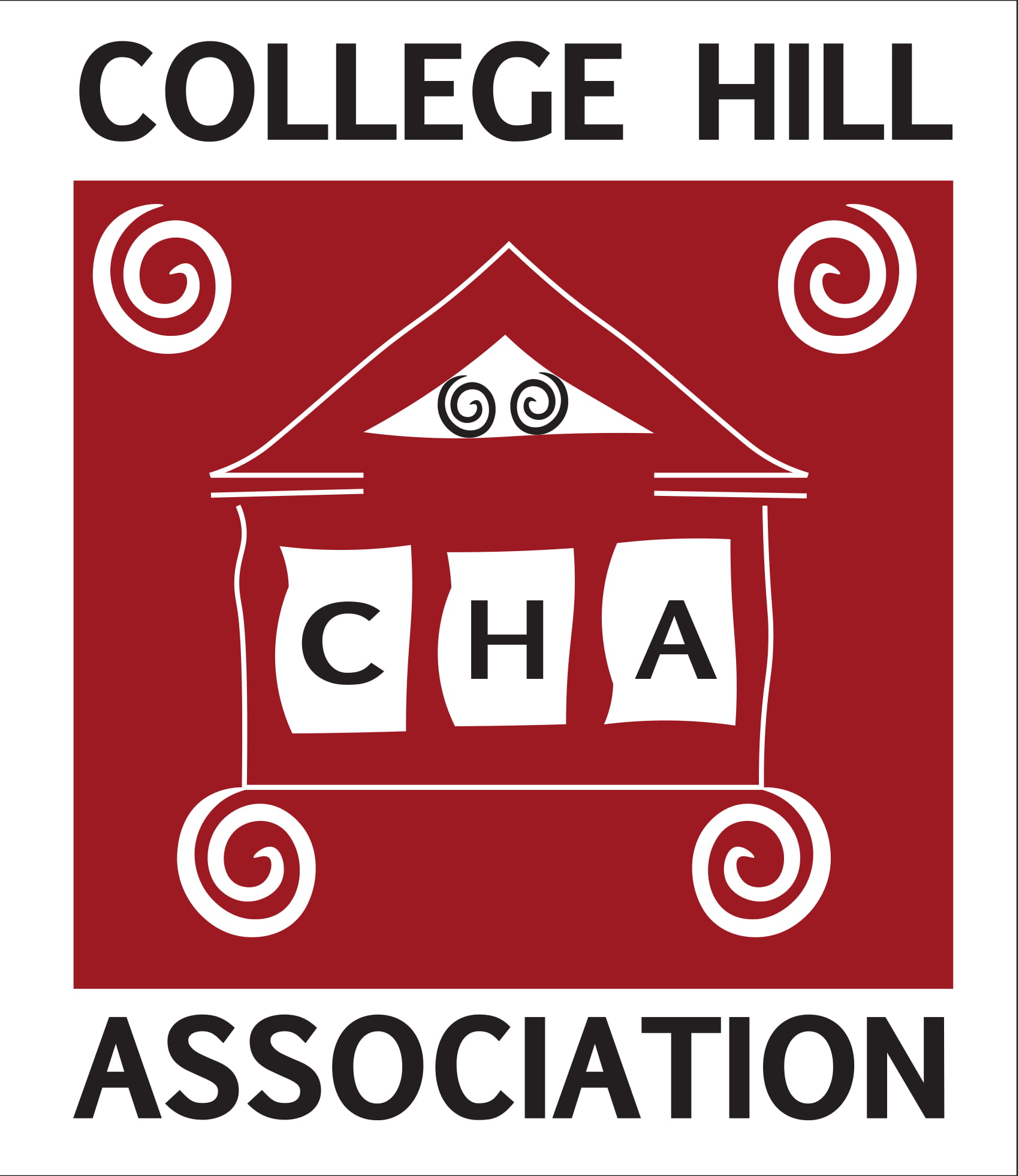- 1992: CHA incorporates with the Washington Secretary of State as a nonprofit, neighborhood problem-solving association; participates in City workshops on College Hill concerns
- 1993: CHA conducts neighborhood meetings, including with WSU’s Greek community, and further defines concerns with housing, litter, preservation of open space, and parking
- 1994: CHA joins with the City of Pullman to create an annual “College Hill Survival Guide” listing all ordinances, zoning laws, and contacts important to residents
- 1995: CHA collaborates with Interfraternity Council, Panhellenic, and others to conduct “walks in the dark” (now called walk audits) to assess lighting conditions – leading to the installation of 5 new city-funded streetlights and plans for many more
- 1996: CHA collaborates with ASWSU to host a flea market extravaganza, with net proceeds split between the groups and used to fund lighting and safety projects on College Hill; supports creation of residential parking permit areas (the first area, Zone A, is established in the College Hill core, with others to follow); gives feedback during drafting of Pullman 1998 Comprehensive Plan
- 1997: CHA collaborates with ASWSU and IFC to offer a fundraising neighborhood work party, with proceeds split among the participating entities; WSU public history students begin documenting the history of neighborhood residences
- 1998: CHA collaborates with WSU’s Visual, Performing, and Literary Arts Committee to coordinate “Watching the Detectives,” a large-scale participatory mystery performance set in the College Hill neighborhood
- 2001: WSU establishes College Hill Real Estate Portfolio, the first of a sequence of strategic efforts to promote neighborhood revitalization
- 2002: CHA advocates and supports the tightening of Pullman’s noise ordinance
- 2004: After conducting workshops for several years, CHA and WSU produce A Better Tomorrow for Pullman: A Master Plan for College Hill
- 2006: WSU and City of Pullman jointly sponsor College Hill Parking Study: Neighborhood Parking Program Recommendations by Nelson/Nygaard Consulting Associates
- 2006: After many years of work by WSU and CHA, the College Hill Historic District is defined and listed on the National Register of Historic Places
- 2007: City of Pullman sponsors College Hill Neighborhood Study by Studio Cascade; with CHA support the City adopts a new nuisance ordinance
- 2008: CHA and WSU host a “Grand Opening” of WSU’s Heritage and Culture Houses and the College Hill Historic District; new signage marking historic district entry points, designed by WSU students in Digital Technology and Culture, is unveiled
- 2008: CHA establishes Yard of the Semester recognition program
- 2009: City adopts College Hill Core Neighborhood Plan; CHA expands Adopt-a-Block program, which it began in the 1990s, to provide organized weekly clean-ups throughout the College Hill Core
- 2010: CHA sponsors and finances installation of the “College Hill Neighborhood” sign, a concrete and aluminum landmark designed by WSU Architecture students, at the corner of Opal Street and Maiden Lane; ASWSU funds a Lighting Initiative to improve safety by adding decorative street lamps in the Greek Row area
- 2011: CHA expands its bylaws and mission statement as a nonprofit corporation to emphasize proactive revitalization strategies and New Urbanism (important to CHA since the mid-1990s); CHA and ASWSU collaborate to produce and distribute neighborhood information brochure, “Welcome to College Hill”
- 2012: CHA supports City’s adoption of a Certified Local Government historic preservation ordinance, which creates the Pullman Register of Historic Places; the first 15 listed places, most with nominations sponsored by CHA, will be on College Hill
- 2013: CHA collaborates with WSU Architecture students to research the history of Star Route & Palouse Street brick road; CHA receives Pullman Chamber of Commerce Civic Improvement Award
- 2014: CHA sponsors the successful nomination of College Hill’s Star Route & Palouse Street brick road to the National Register of Historic Places
- 2015: IRS approves CHA as a tax-exempt 501(c)(3) public charity, its status retroactive to 2010; CHA receives WSU President’s Award for leadership
- 2016: CHA begins coordinating annual Earth Day clean-ups
- 2017: A Mayoral Proclamation celebrates 25th anniversary of CHA’s incorporation; CHA is awarded a grant from the Washington Trust for Historic Preservation to prepare a nomination of the United Presbyterian Church (aka “Greystone Church Apartments”) to the Pullman Register of Historic Places, on which it is placed in 2018
- 2019: CHA sponsors a neighborhood sustainability workshop to explore pollinator pathways, urban forestry, and climate change with WSU students and other local entities including Citizens’ Climate Lobby of the Palouse and The Phoenix Conservancy; CHA receives WSU President’s Award for leadership
- 2020: CHA responds to the COVID-19 pandemic by funding approximately $2000 worth of Dissmore’s IGA gift cards, which are donated to those in need through the Community Action Center
- 2021: The effectiveness of CHA’s extensive feedback during the drafting of the 2021 Pullman Comprehensive Plan is acknowledged by the Planning Commission
- 2022: CHA approves a 5-year strategic plan with goals focused on creating a Land Trust, improving the Urban Forest, and promoting Civic Representation and Social Inclusion on College Hill
